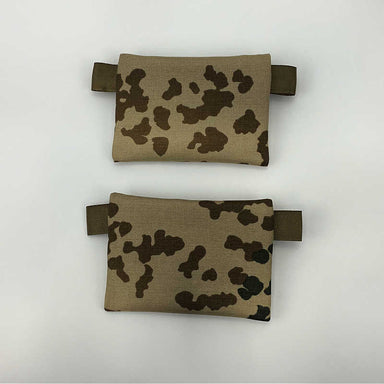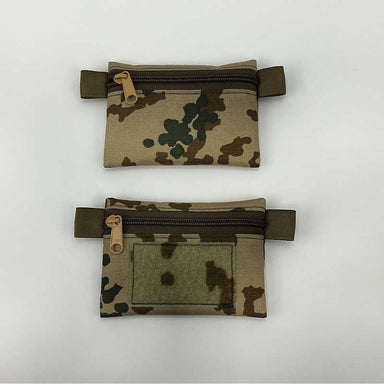

Off-Trayals
Off-Trayals | EDC | Pocket Pouch | Tropentarn
$22.99
Need a Pocket Pouch? Toss this in your pocket or put a Grimloc on it. Either way, you won't be disappointed. The Tropentarn is a classic design a...
View full details
$22.99


